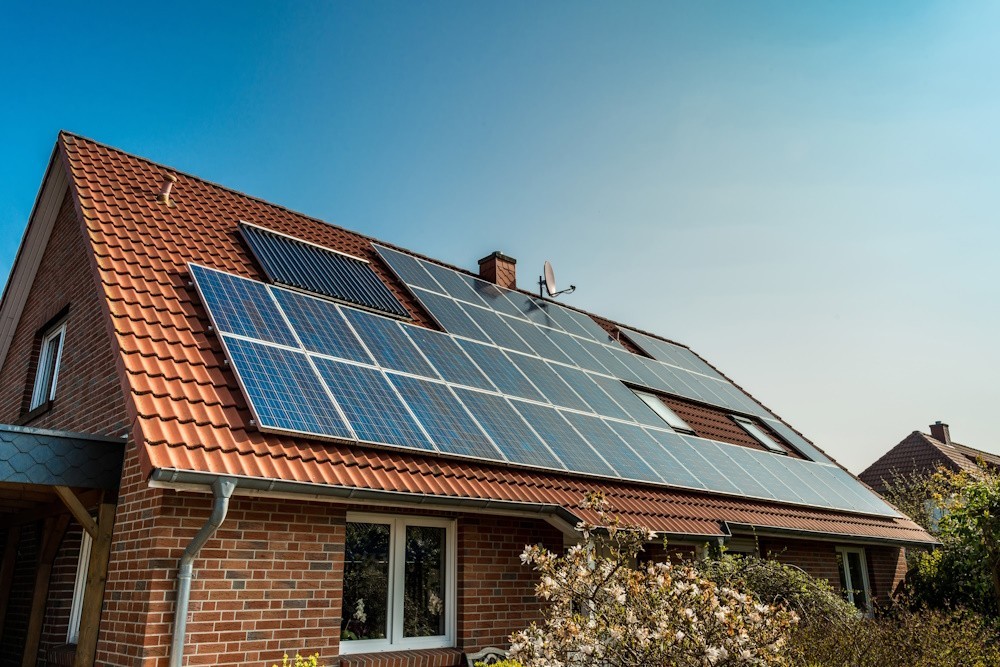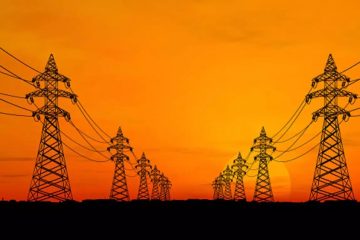Residential Solar Faces a Momentous Year

The nation’s home solar companies are suffering under the weight of high financing rates and unfavorable state incentives, following years of rapid and costly expansion. Is the survivors’ darkest hour before dawn?
Rooftop solar system financier Sunlight Financial filed for bankruptcy in October. The rooftop solar and storage company SunPower indicated in a December filing that there was “substantial doubt” over its capacity to continue as a going concern and that there was a danger of defaulting on some of its loans. The company stated last month that it had implemented a restructuring plan to reduce operating expenses, citing weaker sales that were partially caused by interest rates. Enphase Energy, a manufacturer of solar micro-inverters, announced in a December filing that, in an effort to save operational expenses, it will eliminate production at several locations and lay off roughly 10% of its staff. Another inverter supplier, SolarEdge Technologies, announced last month that it would cut 16 percent of its workforce in order to “align its cost structure to current market dynamics.”
For the rooftop solar industry, high interest rates have been a double-edged sword: not only do solar companies rely on debt to fund their installations, but customers also frequently finance their purchases. Consumer solar loans have an average quoted interest rate of 6.58% so far this year, up sharply from 2.45% in the first quarter of 2022, per EnergySage, a marketplace that links buyers and solar providers.
To make matters worse, rooftop solar systems’ ability to sell extra electricity back to the grid was limited last year in California, the largest home solar market. This essentially reduced the value of solar export credits by almost 75% on average, meaning that consumers now need to own a solar panel for 8 to 10 years before breaking even. According to Wood Mackenzie’s solar expert Zoë Gaston, that is almost four years longer than it used to take. Although the payback period for solar-plus-storage systems is shortened by California’s new regulations, industry analysts predict that the sector will take some time to expand because many people cannot afford the expensive batteries.
The industry’s circumstances haven’t appeared this dire in a long time. For the first time since 2017, Wood Mackenzie predicts that there will be 12% fewer residential solar installations in the United States in 2024 than in 2023. BloombergNEF predicts a minor increase in home solar installations in the United States this year compared to 2023, but only 5% annual growth between 2023 and 2030—a significant decrease from the sector’s average 32% annual growth between 2019 and 2022. A great deal of pessimism is already reflected in the solar stocks: installers Sunrun and Sunnova Energy have fallen roughly 30% in the last 12 months, while SunPower has down 77%. Suppliers of solar inverters, Enphase and SolarEdge, have seen declines of 42% and 74%, respectively.
Is it time to start looking for deals? Although industry-wide obstacles can benefit the winners, there isn’t always a clear cut route to winner-take-all success in this field. In fact, scale has allowed businesses to lower their financing costs by allowing them to bundle loans and offer them to investors as asset-backed securities, for instance. However, some expenses—like door-to-door marketing and keeping local maintenance fleets—are inherently sticky and local. The installation prices per watt for Sunrun, the largest installer in terms of market share, increased by 13% between 2017 and 2022. During that time, its per-watt sales and marketing expenses more than doubled.
According to BloombergNEF solar industry analyst Pol Lezcano, the industry will eventually need to change to a market more like the one in Germany, where the average cost of a residential solar system in 2023 was $1.90 per watt, as opposed to $3 in the United States. According to Lezcano, solar installers in Germany are typically local contractors, such as electricians, who have low overhead and don’t need to spend a lot on marketing as they already have a network of local clients.
In the absence of significant setbacks, corporations and their investors are more likely to lower their growth projections. According to Jordan Levy, equities analyst at Truist Securities, installers should “take a page from the oil and gas handbook” and start putting cash flows ahead of growth. Wall Street analysts predict that SunPower will produce a reasonable amount of free cash flow this year, but large installations like Sunrun and Sunnova will continue to spend cash for some time to come.
It is hard to imagine rooftop solar’s bright future until these businesses truly begin to deliver on those cash flows.







